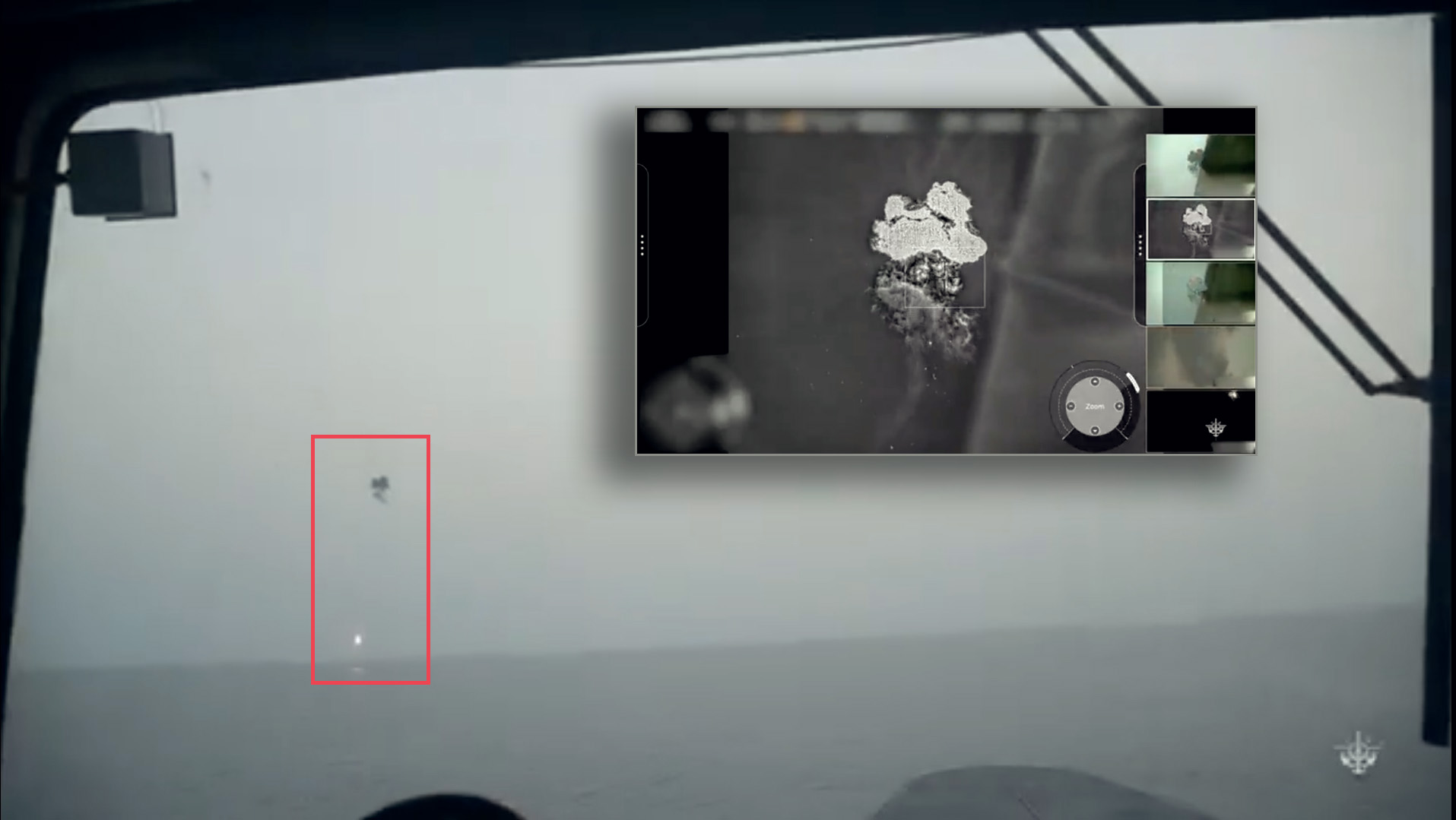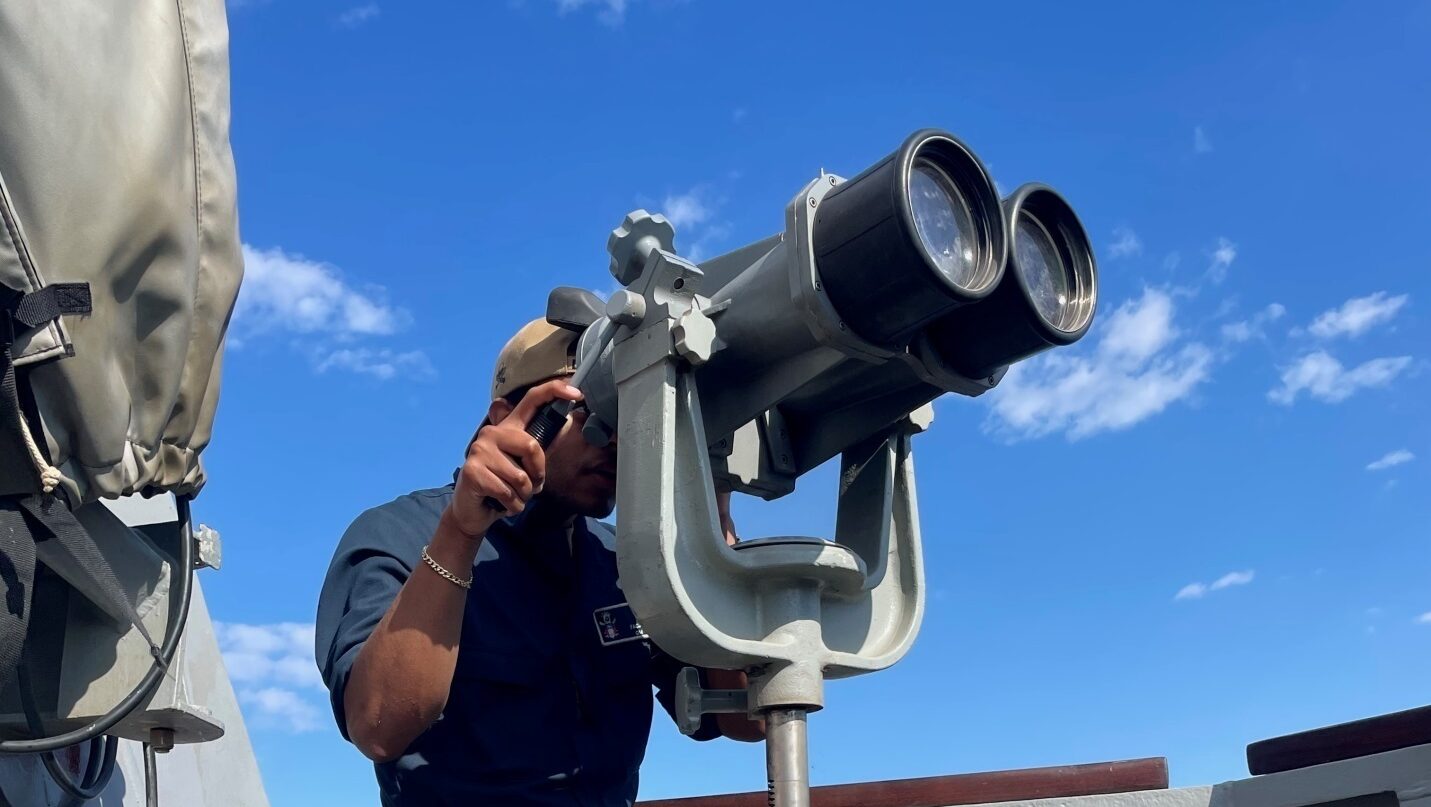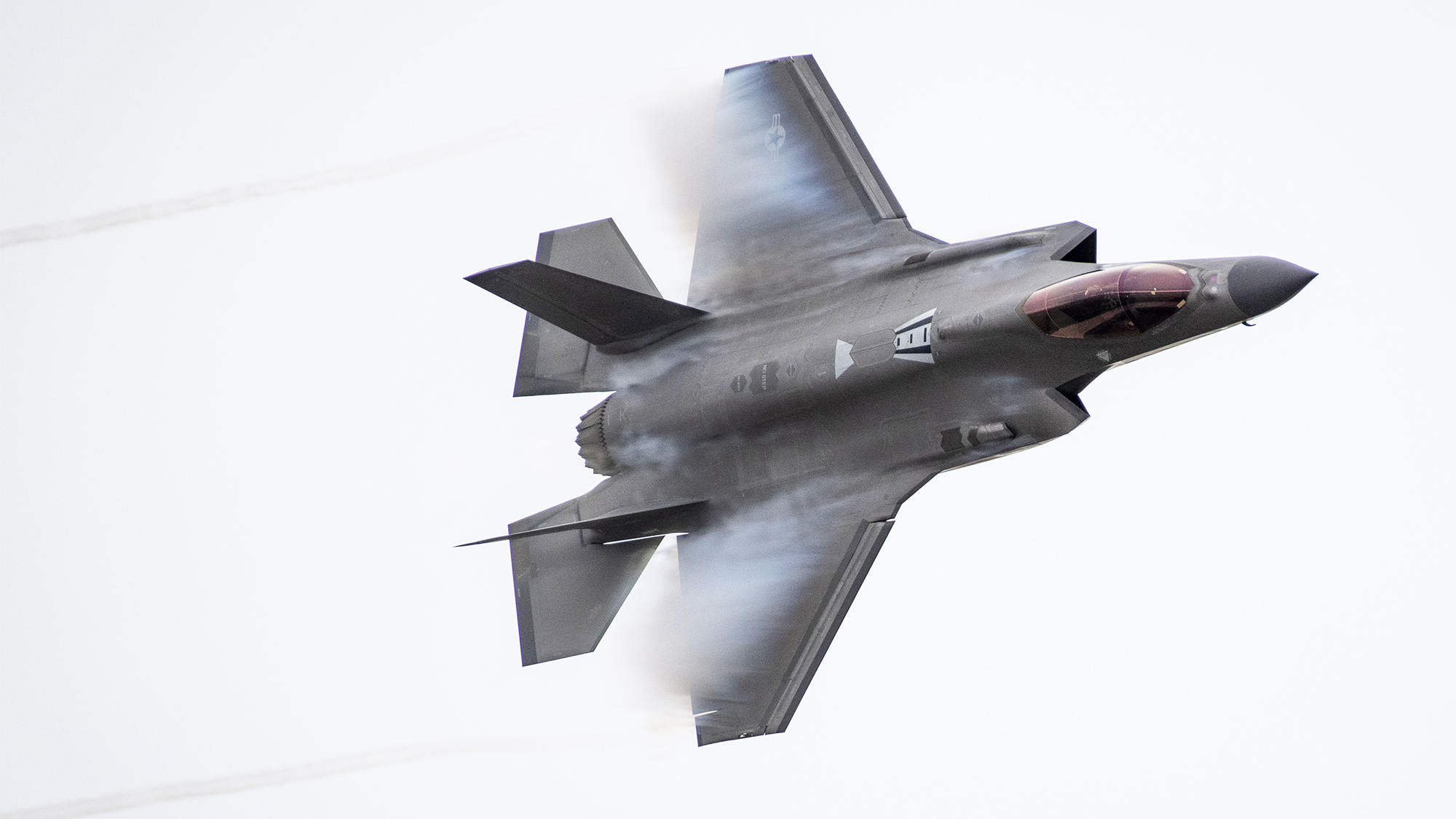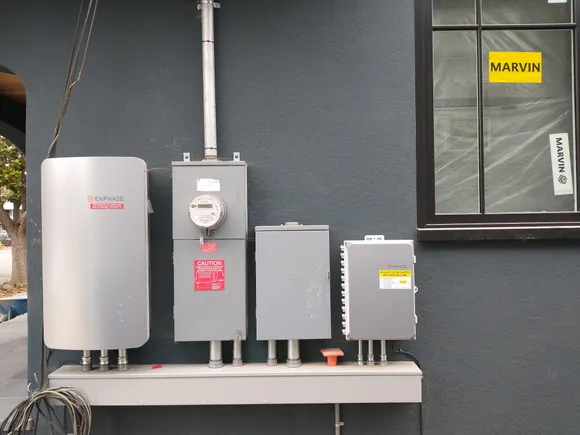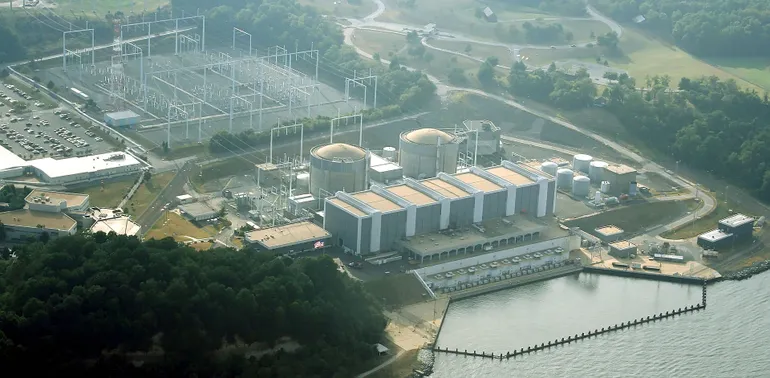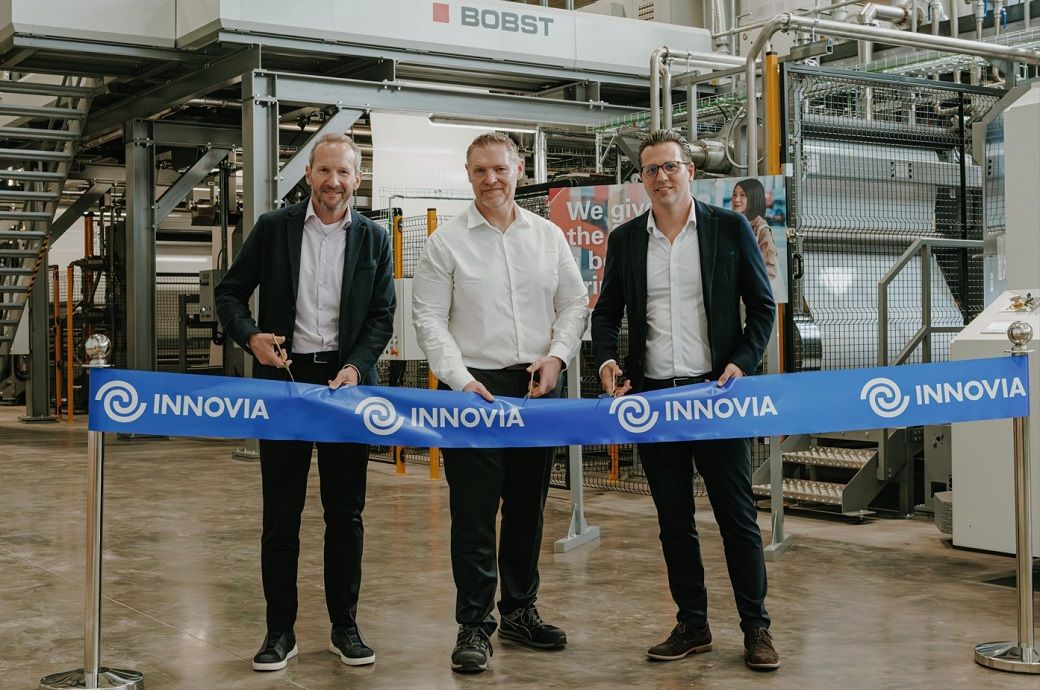Tips to Improve Welding Efficiency and Reduce Costs
In an era of scarce welding talent, fabricators have no choice but to work smarter, as throwing more labor at a production challenge isn’t always… The post Tips to Improve Welding Efficiency and Reduce Costs appeared first on Fabricating & Metalworking.


In an era of scarce welding talent, fabricators have no choice but to work smarter, as throwing more labor at a production challenge isn’t always a practical option. To weather uncertainties around metal tariffs, regulations and inflation, using technology and best practices to control costs always makes good sense. Below are a few suggestions.
Precision Cutting
Manual cutting often leads to inconsistent fit up that create bottlenecks and may also lead to inconsistent quality. Use automated or mechanized high-precision cutting processes to prepare material. Taking that one step further, consider adding Poke-yoke design elements to help mistake-proof fit-up, e.g., cut different size tabs/slots for left and right sides so parts only fit together one way.
Nesting Software
Online software for plasma, oxyfuel and waterjet CNCs makes it easy and fast for anyone, regardless of experience, to optimize plate use, reduce scrap and decrease cutting time.
Bevel Preparation
Wider bevel angles provide better joint access and make it easier to achieve good root penetration and sidewall fusion, reducing the risk of lack-of-fusion defects. However, they also increase filler metal consumption, welding time, heat input and risk of distortion. Consult with a welding expert to see if there are welding processes, power sources, filler metals and flux (in the case of submerged arc welding) that could narrow the bevel. Online weld cost and productivity analyzer tools make it easy to calculate savings.
Remove Contaminants
Remove mill scale, oxides, lubricants and other contaminants that could lead to erratic arcs or become included in the weld and create defects.
Pre-weld Routine
It sounds basic, but all too often, welders think they have a machine acting erratically when the culprit is a weak circuit or poor gas flow. Check gas hoses for leaks, confirm gas flow settings including flow at the torch, check cables for damage, and confirm good cable connections with a secure ground clamp on clean metal and close to the welding location.
Conduct a Safety Audit
Safe operations always cost less in the long run. Ask your welding or cutting supplier for help with a safety audit to identify and mitigate risks, as well as support for training operators on basic operating principles and best safety practices.
Avoid Over-welding
Over-welding is brutally expensive. Imagine fillet a weld 100’ long with a leg length of 3/16”. Over-welding by a 1/16” requires an extra five lb. of filler metal (a 78% increase) and adds 45 minutes of time. Equip every welding station with weld gauges — a set costs less than $100 — and provide basic training for operators so they can measure visual weld acceptance criteria. No one expects operators to become weld inspectors, but they are the first line of quality control.
Fast Recall

Most advanced welding systems have some sort of memory function to store and recall favorite programs with a push of a button or two, and they may have the ability to add parameter limits and locks. In a production setting, this ensures operators use the right programs and stay within the WPS across all welding cells, shifts and locations.
Outfit Each Station
Make sure welders don’t wait for grinders, needle guns, MIG consumables or any tool or supply that causes downtime if not available. Keep tools organized.
Synergic Savings
If you struggle with training operators, take the guesswork and time out of fine-tuning a MIG arc by using a system with synergic welding modes that enable operators to weld with optimized parameters just by entering material type, wire diameter, gas choice and process.
Synergic mode gives operators “one knob control” so they can weld hotter/faster or cooler/slower simply by adjusting the wire feed speed. A trim control function further controls the weld bead profile, shaping it to be more concave or convex just by turning one knob.
Further, synergic weld modes can adapt to each operator’s welding style, dynamically adapting and overcoming situations (e.g., changing contact-tip-to-work distance) that would previously lead to spatter or poor puddle control.
Stop Shavings to Add Savings
Over-tensioning drive rolls can crush softer aluminum and cored wires, create shavings that hinder feeding performance, develop excessive consumable wear and cause more frequent burn backs. Check drive roll tension, consider the capabilities of the wire feed system and evaluate wires with advanced coatings that minimize shavings. In the meantime, blow out gun liners with every new roll of wire.
Reduce Post-weld Clean-up
Metal cored wires have been in vogue because they eliminate spatter, improve deposition rates and are more forgiving of machine and operator inconsistencies. Today, however, the smarter economic move may be a higher capital expense for advanced equipment. Next-generation welding machines can react 10-to-20 times faster to changing arc conditions than older technologies. As a result, they deliver better arc stability and puddle control so fabricators can weld with solid wires instead of cored wires to lower filler metal costs. Further, better arc stability and control may enable increasing welding parameters to the higher end of the WPS, which in turn can increase welding travel speeds by up to 15% depending on the transfer mode.
Try Pulsed MIG
The AWS D1.1 Structural Welding Code – Steel now permits fabricators to qualify a pulsed GMAW WPS, opening another avenue of savings through lower spatter and the ability for all-position welding.
Explore Advanced Processes

All leading welding companies offer next-generation alternatives to conventional MIG welding transfer modes, as well as enhanced processes that deliver application-specific benefits. There are solutions available to bridge gaps on root passes (tolerating gaps twice as wide as short circuit MIG), reduce distortion by up to 20% on thinner materials, provide more focused penetration in narrow joints, provide deeper penetration on thicker materials, increase travel speeds 10-to-15% and improve performance on specific materials. Depending on the processes compared, advanced transfer modes can reduce spatter by up to 85%. Advanced pulsing processes can reduce fume generation by more than 80% compared to conventional spray transfer and more than 65% compared to generic pulsing processes.
Reduce Trips Back to the Welder
Anything that reduces trips back to the welder for changing parameters or processes saves time and enhances safety. Solutions include “operator friendly” wires with a broader practical parameter range, dual schedule MIG guns or guns that switch between welding programs, voltage-sensing feeders that enable adjusting both wire feed speed and voltage at the feeder and systems that enable carbon arc gouging using the wire feeder cable set and feeder controls.
Increase Wire Size
Larger diameter electrodes fill the joint faster, they reduce heat input and can mitigate distortion and can make it easier to ensure good sidewall fusion without excess gun manipulation. Additionally, larger diameter wires may cost less per pound. A structural steel fabricator reduced costs by $10-to-$25 or more per foot of weld on thicker material by switching from .045” to 1/16” flux core wire.
Buy in Bulk
Bulk wire drums lower cost per pound, and bulk gas systems lower cost per cubic foot. Both eliminate the change-over time typically associated with installing a wire spool or new cylinder, as well as the risk of weld defects that can occur when wire or gas run out.
Add Mobility to Wire Feeders
Instead of moving a heavier welding cart around large weldments, mount the feeder on a boom to extend the welding work area while keeping standard MIG gun cable length reasonable (typically 12’ or 15’). For sliding feeders under large weldments like trailers, add an optional wheel kit.
Rotate the Contact Tip
Contact tips eventually wear in an oblong pattern. Drop-in style contact tips enable you to rotate the tip 180°, extending consumables life. Contact tips with harder alloy formulations also extend consumables life.
Limit Gas Surges
That “woosh” of gas when triggering a MIG gun or TIG torch is the sound of money leaking into the atmosphere due to excess pressure trapped in the hose between the pressure/flow control device and the solenoid valve. A surge limiting regulator can be set to deliver a precise amount of gas flow for the operation, eliminating waste and the possible causes of porosity that can occur with a gas surge.
Flow Control
More advanced wire feed systems can control gas surges and incorporate flow meters and other technologies to better regulate gas flow closer to the point of welding, increasing accuracy. Going one step further, they can set gas flow rates as part of a synergic line. In applications with large numbers of weld starts and stops, fabricators can save $1,000 a year per machine.
Monitor Gas Use
For facilities with more than 50 arcs (or those usings lasers or high-volume 3D printing systems), consider technologies that digitally track gas pressure, temperature, consumption and gas flow from the manifold start to the gun or torch. By identifying gas leaks and operators setting excess flow rates (a huge hidden cost), a facility in the oil and gas industry saved more than $1 million in one year.
Use Good Fixtures
With a fixture that holds a single part, one cobot user reduced cycle time to 90 seconds, down from three-to-five minutes compared to manual welding. After further fixture development, the user achieved a run time of five minutes on eight parts.
Use Analytic Tools
Most fabricators grossly over-estimate arc factor, or arc-on time. A high-performing manual MIG operation has a maximum arc factor of about 20%. Good performers are in the mid-teens, and many operations range from 8-to-12%. However, fabricators often cannot identify low-performing welding stations or the hidden bottlenecks leading to low arc factor, such as waiting for a crane to move parts or poor fit-up.
Today, there are devices that connect to any brand of power source to wirelessly transmit data that includes arc-on time, the number and duration of weld sessions and voltage and amperage to cloud-based analytic software programs that are affordable and easy-to-use. Of course, there are connected welding systems, but a low-cost option is to ask your welding supply partners to conduct a test or rent the analytic equipment.
Software and AI
The biggest gains in the future will come from leveraging software and AI tools that improve the efficiencies of non-welding tasks. These include quoting, managing welder qualifications and procedure qualification records, real-time weld process monitoring, weld quality documentation, equipment diagnostics, remote fleet management and integration with ERP systems. While there are many advanced options, there are also whole suites of intuitive software tools that do not require IT expertise.
As with welding automation, don’t try to automate everything at once. In fact, for many of these tips, you can pick an easy project or a few welding stations, go for the win, document improvements and build momentum.
The post Tips to Improve Welding Efficiency and Reduce Costs appeared first on Fabricating & Metalworking.


































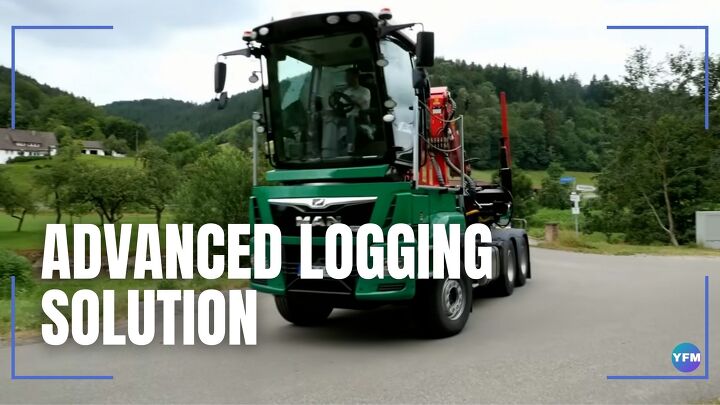

































![[Podcast] Behind the Breakthroughs: How Almac Powers Clinical Trial Success with Care](https://imgproxy.divecdn.com/5lAJkli_KcGt1FSsw4EaegjgP76IHREqYEWbhNBJOXw/g:ce/rs:fit:770:435/Z3M6Ly9kaXZlc2l0ZS1zdG9yYWdlL2RpdmVpbWFnZS9CaW9QaGFybWFEaXZlXzEzNDZfeF83MjlfQXJ0d29yay5qcGc=.webp)


















